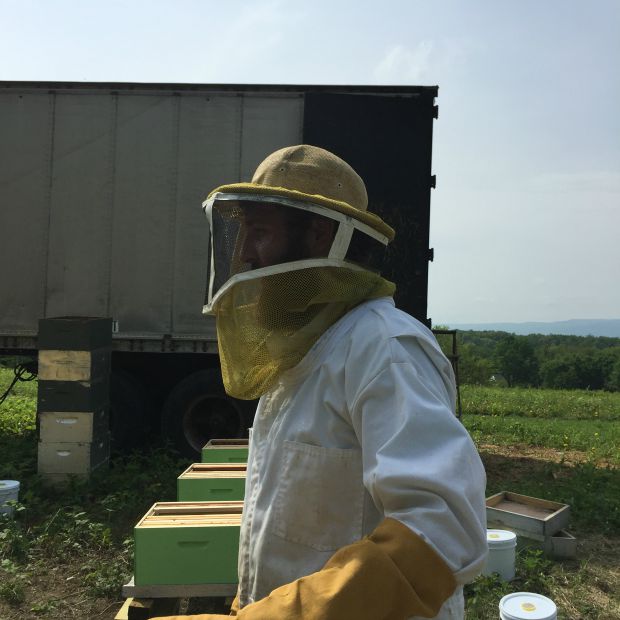
A few weeks ago, we had the opportunity to meet with Casey Elsass from MixedMade and tour his honey infusing and bottling facility, where Bees Knees Spicy Honey is born. Casey is a home gourmand turned condiment entrepreneur who makes Spicy Honey, and it was clear that he had his honey facts down. When I asked him about the odd looking organic debris he had to skim from the top of a massive, 60 lb. bucket of honey, he told me — “that’s pollen.”
At this point, I chimed in something about how eating local honey is supposed to be good at alleviating allergies, since it can contain some local pollen — but Casey’s “ehhhh, I dunno about that. I think that’s just a myth.” left me second-guessing. When I did my research, I confirmed that this was nothing more than a bowl of Honey-Nut Lies. Honey is actually made from nectar, not pollen, and flowers aren’t the source of allergy-inducing pollen anyways. Don’t believe everything you read on the internet…
To make up for that blunder, we’ve put together a few of our favorite true honey facts sure to have any honey obsessed foodie buzzing.
1.) Grin and Bear It
Aside from classic ketchup and mustard bottles, few foods can claim to be as visually iconic in the landscape of the post-war American supermarket as the honey bear bottle. The ursine design was first used in 1957 by the Dutch Gold Honey Company; future president of the company Ralph Gamber allegedly remarked: “a bear likes honey, why not a bear of honey?” Classic. Since plastic was more expensive to produce back then, it was somewhat of a business gamble – but it clearly paid off. America’s favorite bear even has a name too – “Nugget.”
2.) Sweet and Somber
Today, we drizzle honey on a lot of things – toast, cheese, you name it. How about a dead emperor? I doubt that would fly now – would probably be pretty chalky – but the use of honey in burials used to be all the rage. Notably, Alexander the Great is rumored to have been buried in a golden coffin filled with white honey. That sounds pretty excessive, but he had his reasons; as a prized treat, honey was understandably associated with special occasions, rituals, and distinguished persons way back in the way back. Honey also symbolized death in many ancient cultures, presumably in reference to the sweet sustenance that honey would provide to the soul. Plus, honey is the only organic food that will never expire, and thus a likely preservative. I wonder how good ol’ Alex is holding up after all these years?
Where “Nugget” has his charm, the Varietal Honey Flight brings back the elegance of ancient honey, minus all the morbid death stuff.
3.) Clean from the Comb
Using honey as a beauty and grooming product may be part of the all-natural beauty industry trend, but honey has been used to clean wounds since ancient times due to it’s antimicrobial properties and viscous stickiness. Today, the US Food and Drug Administration actually recommends a special kind of honey – Manuka honey – for this purpose, since it has the added effect of releasing hydrogen peroxide. Plus, it’ll help the band-aid stay on better.
4.) The Honeymoon Isn’t Over
While we’re on the sticky subject, ever wonder where the term “honeymoon” comes from? The term dates back to the Medieval European traditions of a newly married couple drinking honey wine (mead) for a full cycle of the moon after their wedding. Mead was thought to be an aphrodisiac – you get the picture. While “mead” might conjure up imagery of Medieval jousting lists and downy, dirty men slurping from tankards, it’s actually somewhat of a universal beverage, surfacing in cultures from Ancient Greece to Sub-Saharan Africa to Imperial China, and likely predating both wine and beer as the first alcoholic beverage due to its tendency to arise naturally under the right conditions.
5.) What’s the Buzz?
Not only are honeybees industrious – they’re highly advanced communicators, central to which is their excellent perception of time. Biologists have determined that bees relay the location of food sources through a kind of dance code – first cracked by Karl Ritter von Frisch in 1973 – detailing the direction and distance of the flower relative to the sun’s position, by which they are even able to account for the movement of the sun when they tell their tale. It’s almost like a crude form of vector calculus mixed with interpretive dance.
6.) Waxing Philosophical (and Mathematical)
The fastidious and colonial regularity of the honeybee is showcased perfectly by the precise uniformity of honeycomb… but why hexagons? Why not another shape? It’s an age-old question, first posed in 36 BC by the Roman scholar Marcus Terentius Varro. Since wax is resource intensive for honey bees – they need to eat about 8 oz. of honey to make one oz. of wax – it makes sense that they wouldn’t use a shape like a circle, which would create gaps between cells that would need patching with wax. But why not a triangle or square then? It turns out that a hexagonal structure is the most compact and thus uses the least wax – proved only recently in 1999 by mathematician Thomas Hales. The bees knew it all along…
7.) Mind Your Beeswax
Bees secrete beeswax from special abdominal epidermal glands. Long coveted by humans for use in candles, beeswax has actually been used as a form of currency throughout history! In 181, when the Romans defeated the neighboring Corsicans, they imposed a hefty tax of 100,000 pounds of beeswax on the islanders. Later, in 4 AD, the Roman Catholic Church decreed that only beeswax candles may be used in church rites. The decree still stands today, but church candles are usually only 5 – 50% pure.
8.) It Takes a Colony
Ecological and agricultural issues surrounding domesticated honeybees have gotten a lot of media attention in the past few years. Honeybee populations seem to be vulnerable where they weren’t especially so before, with die-off rates as high as almost 50% in 2013 due to a mysterious phenomenon called colony collapse disorder (CCD). The causes of CCD are still under investigation, but scientists speculate that the prevalence of crop monocultures – which reduce the variety of a colony’s diet – and increased use of pesticides are at least partially to blame. Bees play an integral part in human agriculture as pollinators, and there’s never been a better time to give bees a home.

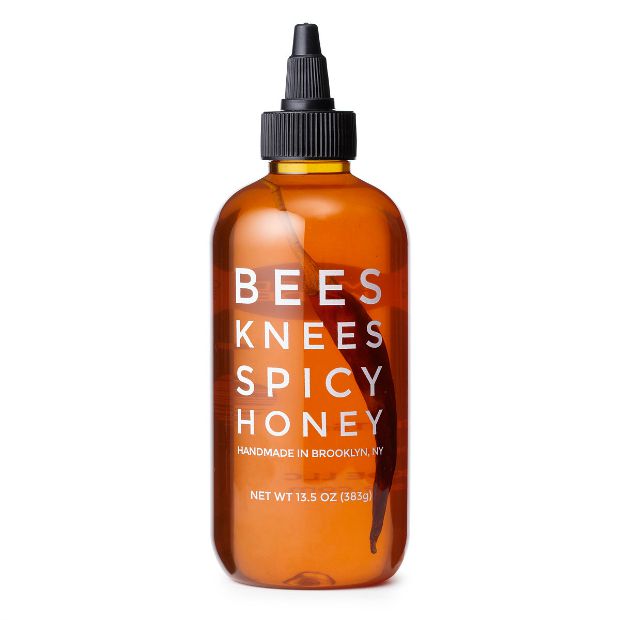
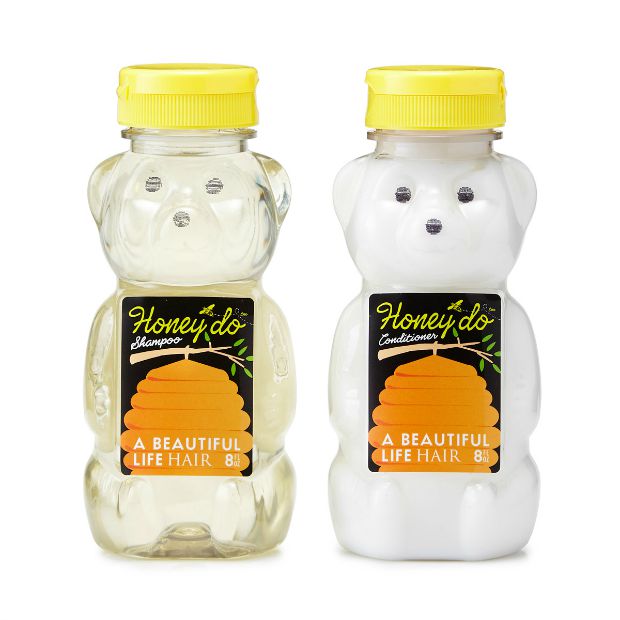
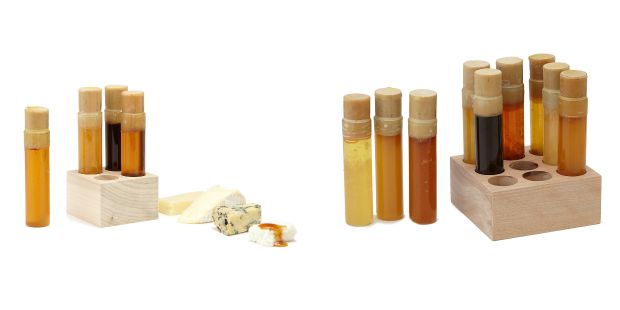
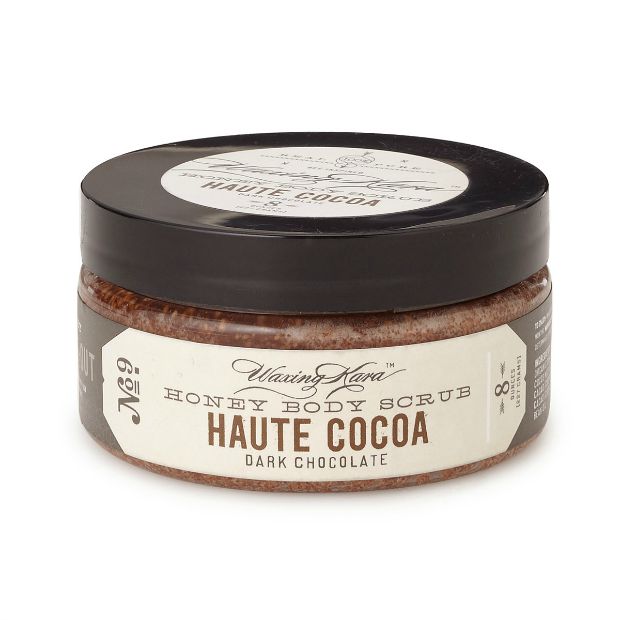
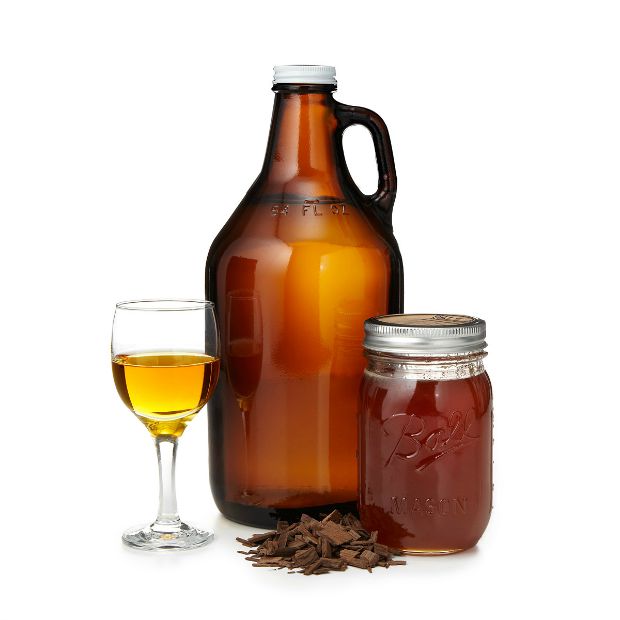
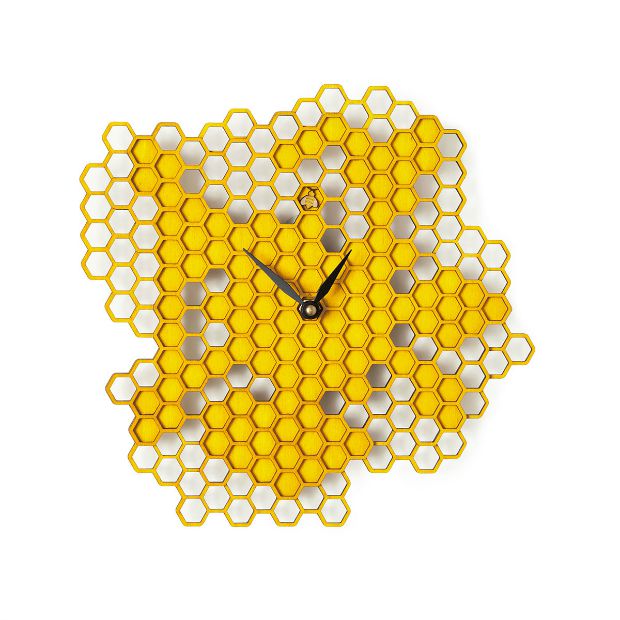
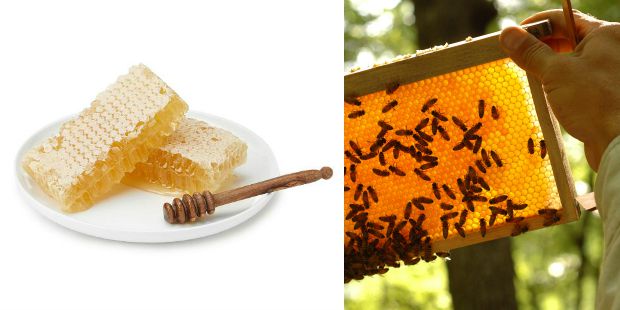
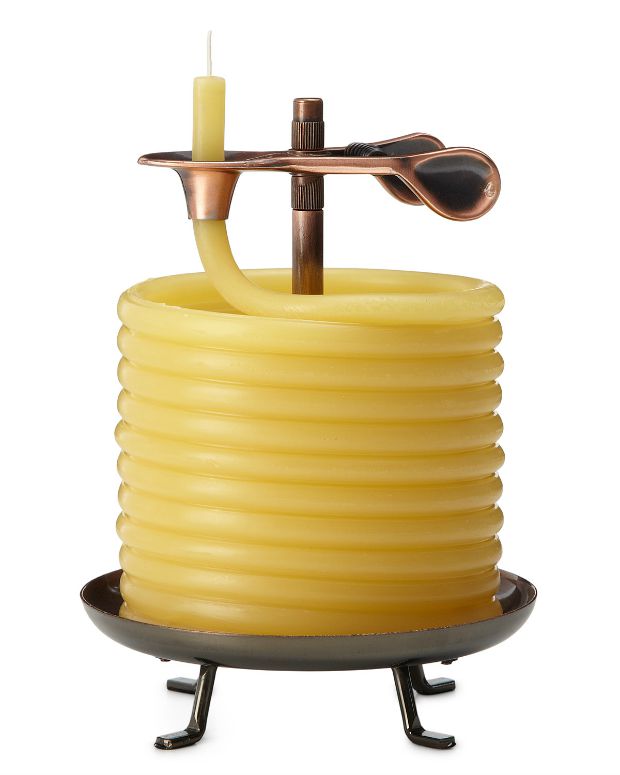
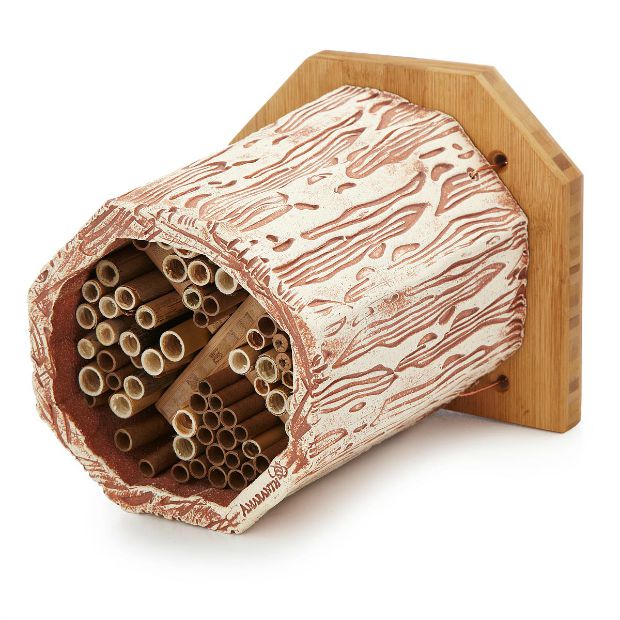

2 Comments
Where can I buy the bees or do I just build the bee houses & they will come. Also, we have ten different apple trees plus blueberries. Is this enough fruit or do we need more. Plus we have a lot of hydrangeas & forsythias.
Thanks for your help.
we’re a farming & dairy town with lots of organic gardening, Any help you can pass along would be much appreciated.
Hi Sam,
While we do sell honey and the small bee house shown above, we don’t know much about bee farming outside of the research that was done for this article and our Studio Tour with Casey Elsass.
We did find a few resources online that might be helpful to you, though.
http://www.almanac.com/blog/beekeeping/beekeeping-101-where-get-bees
http://www.beethinking.com/pages/getting-started
http://www.soilassociation.org/keepbritainbuzzing/beesandorganicfarming
We hope this helps!
Cassie